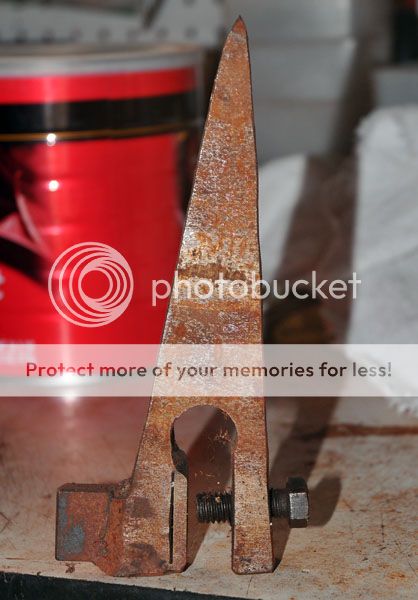That chain cuts extremely well, this isn't my first ballgame.:msp_wink: Yes, if tooth length varies widely, the gauge depicted is not the best tool to use. However it's likely the best tool for a beginner. Nevertheless I keep the teeth on my chain about the same length, I've even used calipers. If the chain isn't damage, and you pay attention and don't go crazy filing, the teeth will normally stay about the same length. Your eyes can't see .010" .020" all that well, if you don't use a gauge of some kind, you're guessing at best.
Here is a pic of a Carlton progressive depth gauge. I use it on rough chains, non of which I would tolerate owning. Be careful with these gauges as they don't work well on every make of chain do to the link design, and it's easy to set the gauges much too low. Setting the gauges too low is not only dangerous, it's also hard on the saws. The husky gauge also works well.





